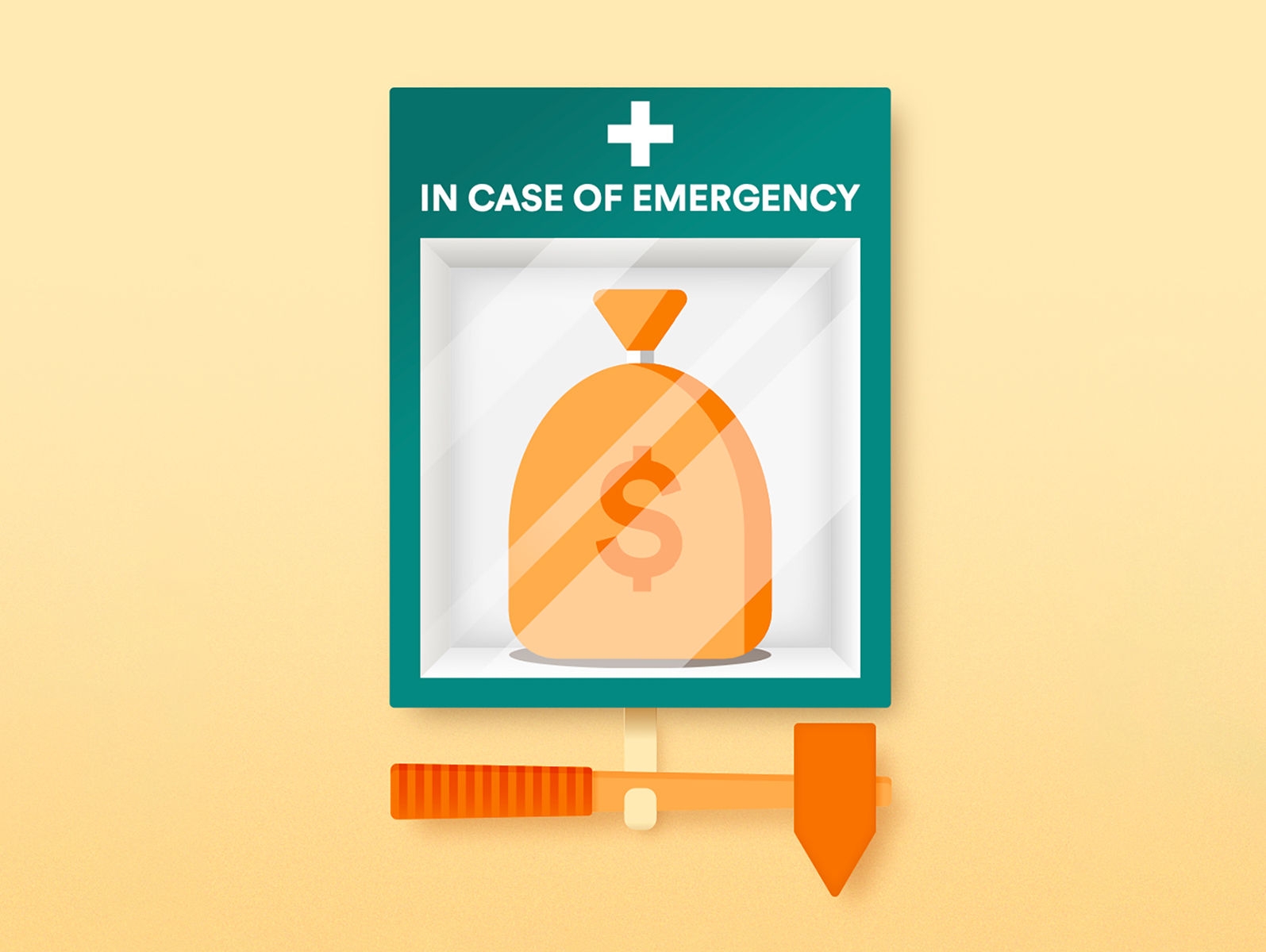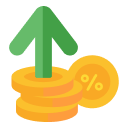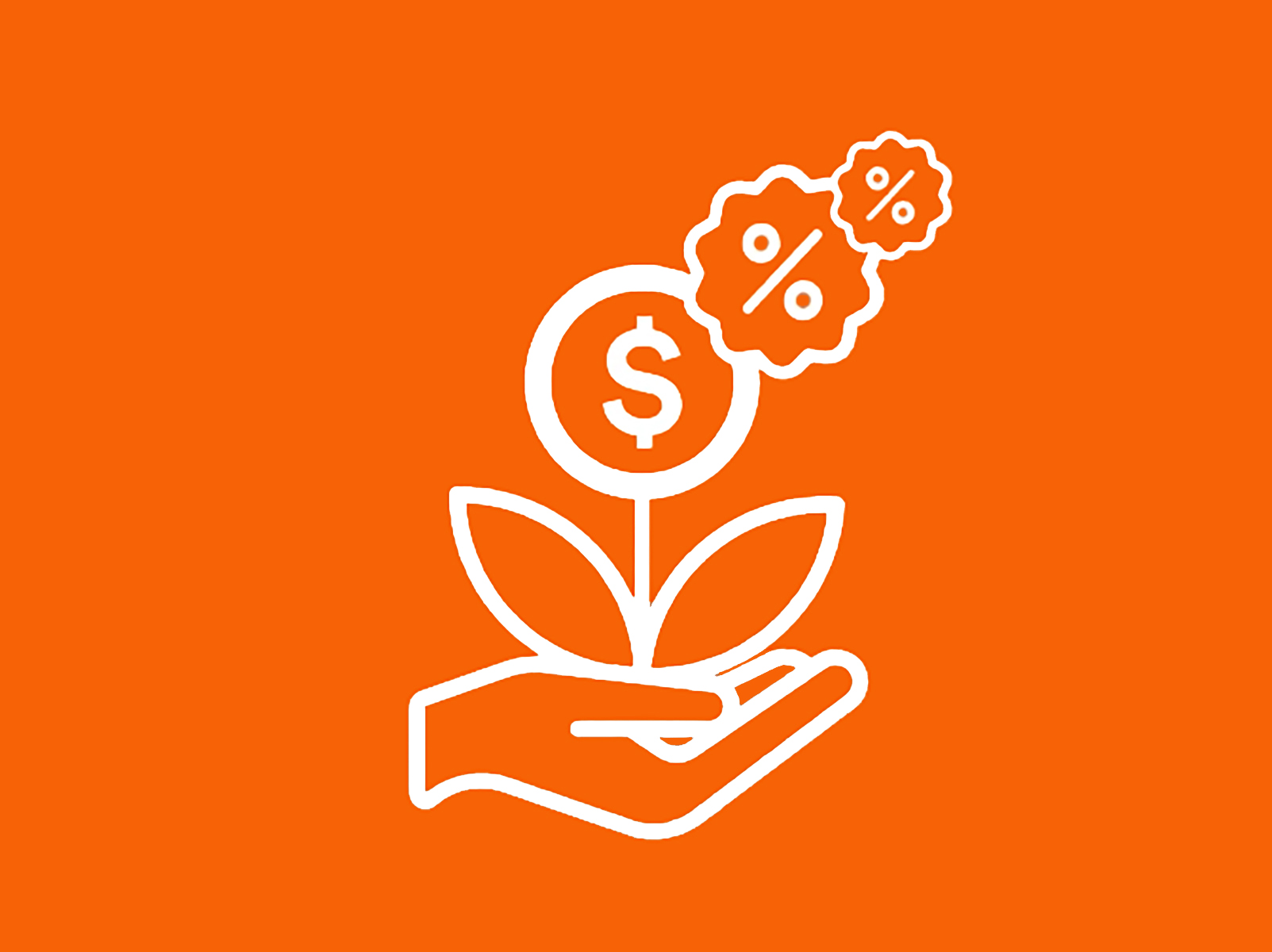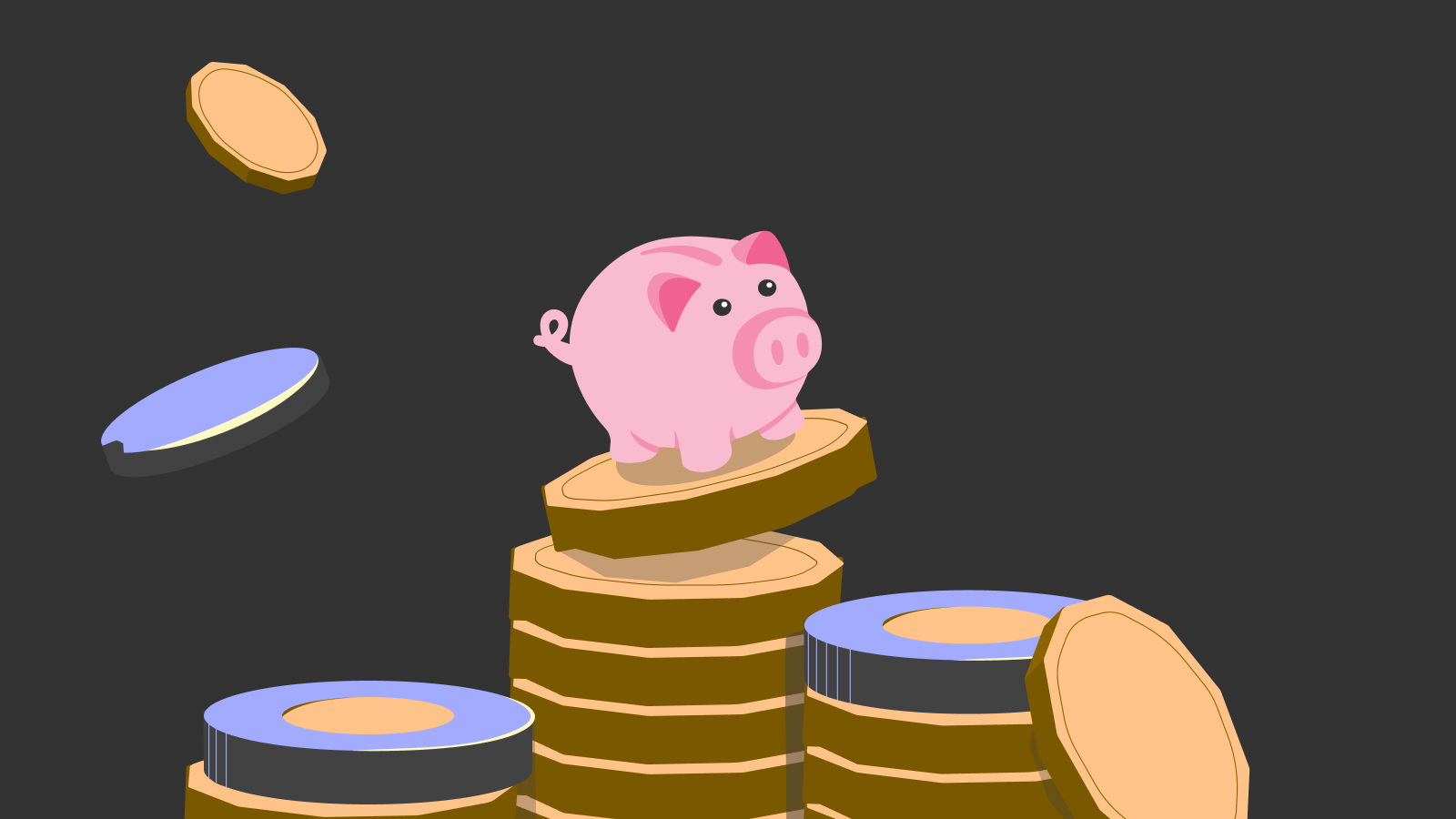How to build an emergency fund during a time of high inflation
Are you worried about unplanned expenses? An emergency fund can help you during difficult financial times and provide greater peace of mind.
In addition to sleeping more soundly instead of worrying about money, having an emergency account safeguards you from throwing unexpected expenses on your credit cards or having to cash in your RSPs or other investments. Another added benefit is the financial confidence you'll feel as your savings accumulate. It can bring less stress to your relationships and your everyday life. Who doesn't feel more secure and calm knowing they can handle whatever ups and downs life may throw their way?

Setting your goal
So, how do you know how much money to keep in an emergency fund? Many personal finance experts use the rule of thumb of three to six months of your expenses as sufficient for a comfortable emergency fund.
You can get there, but it may take some time — perhaps with the help of an automatic savings plan to make it easier.
Try not to get overwhelmed with the savings amount or number of years to accomplish it. For example, if $9,000 is your ideal number, but you can't set that amount aside right away, consider making it a three-year goal and focus on saving up $3,000 in year one.
Break down your goal into smaller steps
One method for setting your goal is to tally up your fixed expenses and set aside enough to cover three to six months, but this can be intimidating. If you don't have any savings, set your goal small to start, with the commitment to increase it slightly every month or two if you can. Tangerine Clients can use our Goals tool to customize an Emergency Fund Goal and set up automatic transfers into a designated Savings Account.
Regardless of your goal for your emergency account, breaking it down into bite-sized amounts will make it much more manageable and attainable. For example, let's say your goal is to save $3,000 this year. While that might sound like a lot, it works out to $250 a month or $125 per biweekly paycheque, which might seem easier to manage. Every financial situation is different. Based on your living expenses, see where you can find the extra money in case of a financial emergency.
Set periodic saving goals
In addition to setting your emergency savings goals, additional financial goals can help you stay motivated and make you feel you're rewarding yourself at the end of each year. Perhaps you'd also like to save for a vacation while you beef up your emergency savings. If your vacation will cost you $2,000 this year, and you plan to flow $3,000 per year to your emergency savings, you'll need to save a total of $417 a month, which is $208 per biweekly paycheque, to reach your annual goals.
- Learn More: How to save money each month
What's the difference between a rainy day fund and an emergency fund?
A rainy day fund is for those unexpected expenses that pop up. Financial experts recommend this safety net for added financial security. Maybe you ran a red light and had a $200 fine. Or you cracked your cell phone screen and need a $150 repair. You get the idea. These are smaller, sudden bills that you want to save up for instead of throwing them on a credit card. You might want to aim for $500 to $1,000 as a goal for your rainy day fund, and if you have to deplete it, start with a new goal to replenish it. You'll want to ensure you have easy access to your rainy day fund.
An emergency account is ideally designed for larger, abrupt expenses like a leaking roof needing repair, a flight or trip to see a sick family member, dental bills, or to withstand a layoff or job loss. Essentially, they are true emergencies. The pandemic taught us all the importance of being prepared for the unexpected. You can use your online banking to fund these as separate accounts, so you can see at a glance when you've hit your savings goal. Consider safe and accessible options such as a savings account.
Sourcing your emergency funds
Finding the money to fund your emergency account may seem like a herculean task. But with a few creative strategies, it can be much easier than you think.
If possible, pay yourself first
If your salary were to get slashed tomorrow by five or 10 percent, that would really sting. But it might seem like a worthy tradeoff if it was the only alternative to being laid off. Getting 90% or 95% of your income is better than nothing. If you can keep this trick in your mind and pretend you received a salary cut but use that "extra" money as soon as your paycheque lands to fund your emergency savings account, you might not even miss that money at all! With a Tangerine Chequing Account, you can set up a “Pay Yourself First" Money Rule that automatically transfers a set amount of money every week, two weeks or month into a Savings Account or another designated Account.
- Learn More: How much should I save each month?
Eliminate unnecessary expenses
Take time to look through the last month or two of your credit card and bank account statements. Did you discover purchases you made that you don't even remember? What about subscriptions that you're not using? This is a great annual or semi-annual exercise to see what you can comfortably trim from your expenses that can be added to your emergency savings account.
Consider a side gig
Are you tired of cutting, or do you simply have no room to adjust your budget? What about starting a side gig to bring in some extra money to channel toward your emergency savings? Do you love dog walking? Do you have an expertise that could translate into an online course? What about driving for a delivery service on the weekend? You don't have to spend all your free time chasing more money, but even $100 a week adds up to $5,200 a year!
Parking your emergency fund
Once you've made progress on establishing your emergency fund, you'll want to make sure it's working as hard for you as you are for it. A Tax-Free Savings Account (TFSA) could be a good home for the savings. You can still get access to your money when you need it while earning tax-free interest. You want your safety net to be easy to use when you need it.
The bottom line
While it can seem that you don't have extra money these days, finding ways to build an emergency account is a smart financial strategy. May your roof never leak, your appliances last forever, and you never accidentally hit a hidden photo radar on your way to work. But if you do, you'll be covered with your good habits and hard work to withstand the unexpected expense with your emergency savings account.

Save with a great rate for 5 months†
Earn an awesome rate on your Savings – to help you reach your goals faster.

